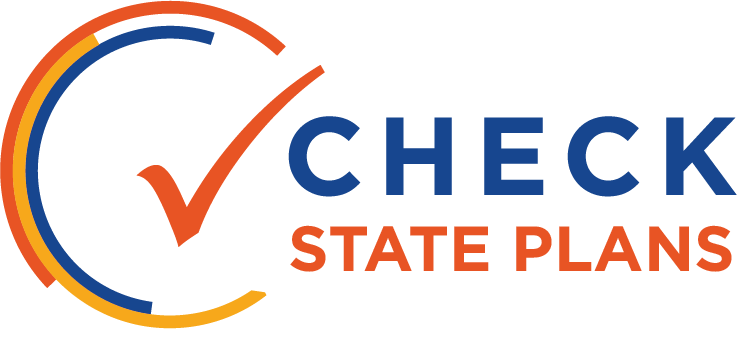
SUPPORTING SCHOOLS

Oklahoma has a nine-point school improvement framework tool that is used to guide school intervention policies.
The state plan has a very promising focus on evidence-based intervention policies, including different tiers of evidence that can be used to evaluate different intervention options. The emphasis on evidence-based options is balanced by a respect for the importance of local decision-making and the need to tailor intervention approaches to individual school needs.
The state has developed a strong set of evidence-based interventions and a sound process for ensuring understanding and adoption of the interventions by schools.
Particularly promising components include training educators to meaningfully use data to improve learning, and improving the instructional capacity of teachers through professional learning that is aligned to the school’s needs as identified by the data. The interventions include co-teaching, tiered instruction, Teacher Leader Effectiveness (TLE), professional learning communities, Response to Intervention (RTI), Positive Behavior and Supports (PBIS), professional development in project-based learning, and English learner strategies.
The process will include regular in-person school visits by the state’s school support team, trainings around leadership development and data inquiry, a needs assessment aligned to the state’s Nine Essential Elements of School Improvement, providing a list of approved evidence-based interventions, training and partnering with schools to use the needs assessment to develop evidence-based practices, providing professional development that matches evidence-based practices to locally identified needs, and allocating school improvement dollars, which will be determined using a formula allocation in combination with a competitive grant.
Because schools that have hired an outside professional development provider have had the greatest gains in the past, the state allows schools to use these dollars to bring in a national provider or work with independent consultants.
The focus on data is an essential ingredient for success of the intervention process, with the state providing training and support in the collection of data and review of it. The state recommends that all schools implement components of the Assessment in Data Literacy Outreach program and the Oklahoma Data Inquiry Project.
Oklahoma will allocate the 7 percent of federal funds dedicated for school improvement activities through a combination of formula allocations and competitive grants.
However, the plan does not provide many specifics on how those funds would be allocated.
Additionally, the state has indicated it will not take the 3 percent optional set-aside for direct student services, which would have provided an additional opportunity for the state to align its school improvement activities with its statewide goals.
Still, it is clear that the state is making a big investment in intervention and support of struggling schools and has developed a well-thought-out process and set of interventions that hold promise.
 OVERVIEW
OVERVIEW







